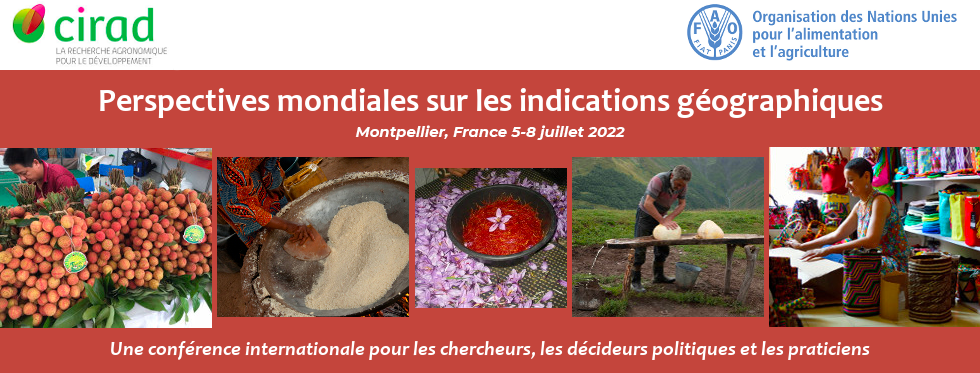Kenya, a member of the World Trade Organization and a signatory to the Trade-Related Aspects of Intellectual Property Rights (TRIPS) Agreement, is able to benefit from GI protection and marketing, as several agricultural and forestry products have unique place-based qualities in the country. Sellers have often packaged unique products to capture the consumer interests and preference. Where sellers understand consumers interests, they have However, considering most agricultural products exist in a ready market and within consumer preferences, understanding producers' willingness to adopt changes that would be required to enhance such protection is important. The objective of the study was to assess role of organizational structure on producer awareness and willingness to pay to register their origin products with geographical indications in Kenya. The study focused on four products, names tea (134), mangoes (137), goats (135) and fish from Lake Victoria (126), deriving uniqueness from the specific regions they are produced. The paper assesses the policy and institutional incentives by applying the Institutional Analysis and Development framework (IAD), by answering one of four broad themes suggested from literature. These include (i) the organizational and institutional structures; (ii) level of equitable participation; (iii) strength of market partners; and (iv) the effectiveness of existing legal protection that would provide incentives or disincentives for protection of agri-food products with geographical indications. Low produce prices often lead to exploitation of the environment by the producers in order to break even, which in turn would lead to decline in the production quality of the origin products. In order to ensure sustainability in production of the origin product as well as of the environmental factors that lead to its uniqueness, the institutional environment needs to be appealing to the producers. To determine the status of GI policy and institutional incentives present in Kenya, a qualitative research design was used. Thus qualitative data was gathered through literature review, key informant interviews and focus group discussions. The organizational structure along the value chain of each product influenced governance of the potential GI products and hence the producers willingness to protect the environment. In the Lake Fish value chain, organizational structure influenced negatively the producer willingness to register their products with GI, while for the Tea value chain, the highly structured organization had a positive influence on producer willingness to pay to protect their product with GI. Mango and goats, which were distinctly recognized in the market by consumers, had less structured and powered organizational structure at production level, hence lower prices and lower willingness by producers to protect with GI. The existing organisational and institutional structures in each of the four agri-food value chains considered provide both incentives and disincentives to GI protection benefiting the producers. The structure in all four value chains meant that farmers were price takers. The producer participation varied from manipulative (mangoes) to instrumental (goats and tea).

Actes de la Conférence > Contributions par auteur > Mburu John
The Institutional Environment for Origin Products in Kenya: Implications of organizational structure for governance of Geographical Indications
1 : Kenya Agricultural & Livestock Research Organization
(KALRO)
-
Site web
P.O. Box 57811, 00200, Nairobi -
Kenya
2 : Department of Agricultural Economics, University of Nairobi
(UoN)
-
Site web
c/o College of Agriculture and Veterinary Sciences P.O. Box 30197, 00100, Nairobi -
Kenya
3 : Private Consultant
 PDF version
PDF version
